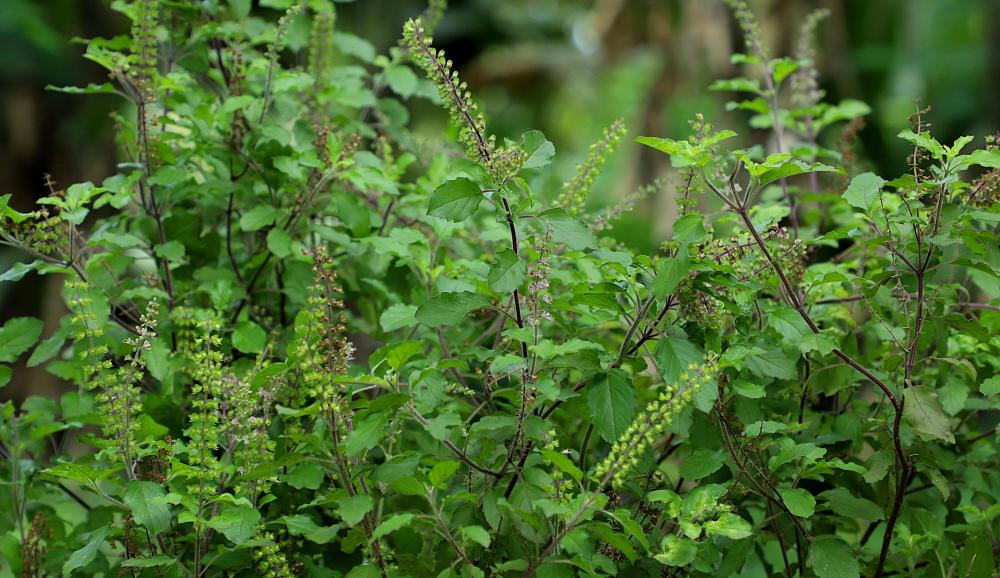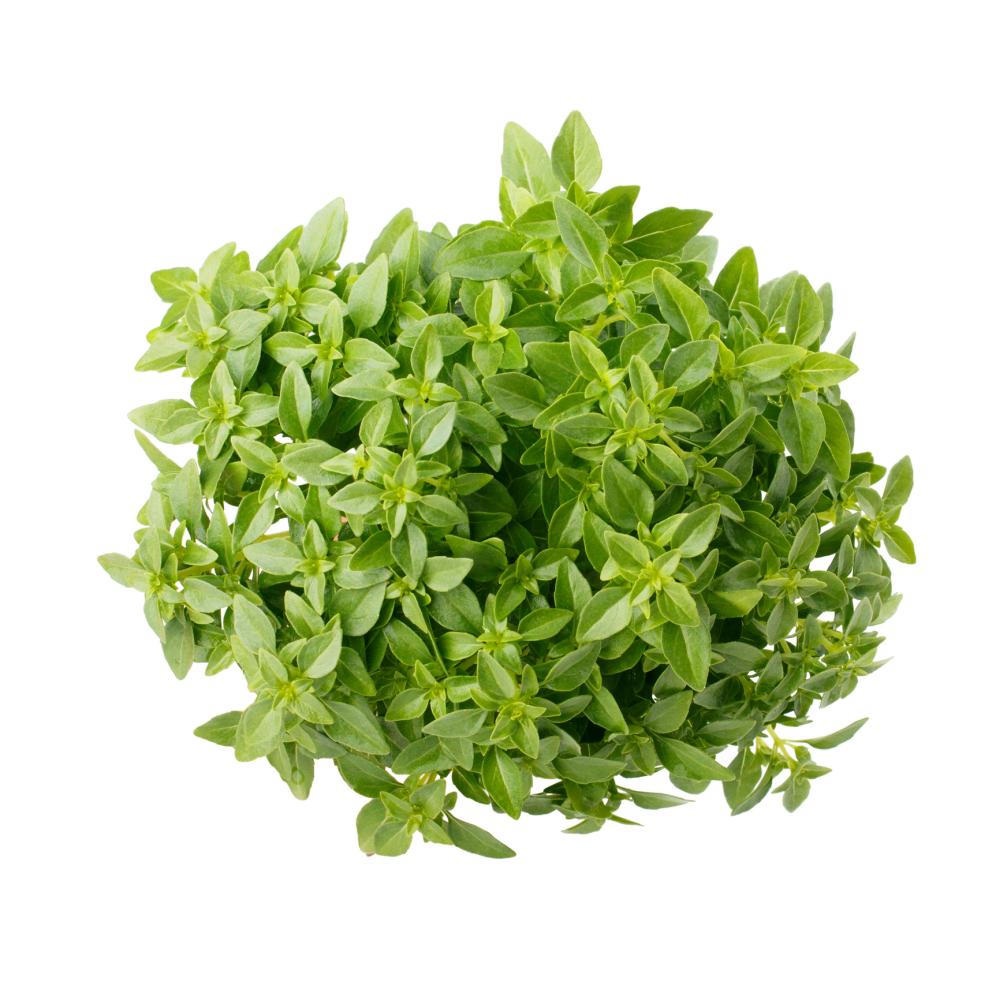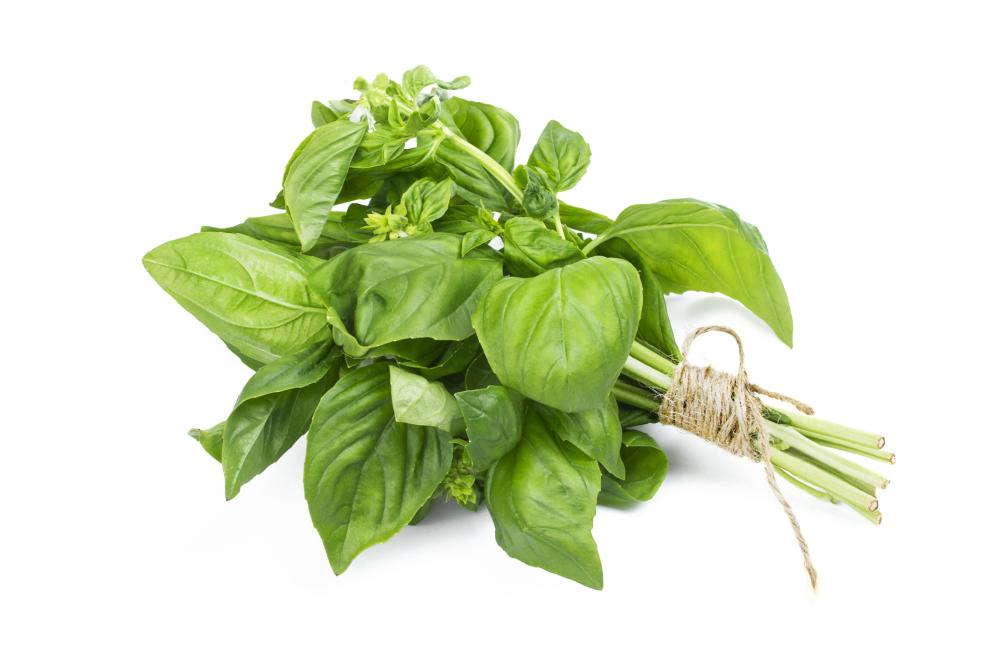10 Aromatic Basil Varieties To Grow At Home
Few herbs have reached the high pinnacles that basil achieved throughout the centuries. And the more people liked it, added it to their dishes and drinks, the more varieties kept popping up. It’s hard to imagine that the ancient Greeks and Romans were using the same varieties we use today. But one thing is for sure, the impact that basil had on many cultures, cuisines, and traditional medicines is indelible.
The herb is one of the easiest to grow as well. If you have a herb garden, then basil will make a wonderful addition to the other plants. The colors and fragrances of the leaves will transform the garden and add some pip to it.
But if growing basil is easy, choosing a basil variety to grow is anything but. For one thing, there are so many varieties of the herb that you wouldn’t know where to start. However, the following list will narrow it down. We put together the most popular basil varieties with the main features and advantages of each one.
African Blue Basil
Although most basil varieties are annuals outside of zones 10 and 11, some are hardy to cooler zones and grow as perennials. The African blue basil (Ocimum gratissimum) is one such species that does well as a hedge shrub. So in addition to its aromatic leaves, the plant has some decorative values as well. The large leaves are pale green with blocks of purple toward the base of the leaf.
Although native to Africa, this basil can also be found in the tropical regions of Asia. The mature shrub grows to about 6 feet which sets it apart from the other basil varieties. It requires high humidity and warm weather to grow and thrive. If you have cold winters or frost, you can’t grow this basil outdoors.
These days African blue basil is grown commercially for its oil which does a good job repelling insects. It also goes into many traditional medicinal concoctions and fusions to treat fever, headaches, parasites, the common cold, and other ailments.
Magical Michael Basil
There’s nothing about this basil variety that relates to basketball or its starts, but it has a winning appearance that wins over your heart and mind. With a distinct bush-like growth, this is more of an ornamental basil than anything else. You can still use the leaves to make drinks and in recipes, but they don’t have the same strong flavors as other varieties.
The leaves here are lush green without a blemish. They are small and have pointed ends. In the late spring, small white or purple flowers appear and attract pollinators. It grows as an annual in most zones and reaches about 16 inches high. If you live in a cold zone with a short growing season, you can easily grow it as a potted plant and keep it indoors until the weather warms up.
If you grow it outdoors, choose a sunny spot where it gets about 8 hours of sun throughout its short life span. Indoors, use grow lamps and keep them on for at least 12 hours every day.
Minette Dwarf Basil
As the name implies, this basil grows close to the ground and doesn’t need much space. Not just that, but with Minette dwarf basil the plant doesn’t get leggy or overgrown. It stays compact with lush green foliage that grows in little knots across the herb garden.
On average, the mature dwarf basil grows to about 10 inches high. But despite its small size, it still emits a strong fragrance. In fact, its smell is the first thing you’ll notice before your eyes finally fall on its tiny green leaves. And that strong odor is what makes it a great companion plant to other veggies such as tomatoes.
Summer is the time for the blooms to emerge. The small white flowers cover the whole sphere of the green foliage and attract pollinators such as bees and monarch butterflies. However, the blooms spell the end for the delicate and aromatic leaves. So if you want to keep harvesting delicious leaves, deadhead the flowers to prevent the plant from seeding.
Lemon Basil
With lemon basil, you get one plant with two flavors. It has the usual strong aromas of basil with the pungent and sour flavors of lemon. A two-in-one plant sounds like a win-win situation especially if you use both plants in your cooking.
It grows as an annual in warm zones as it has little tolerance to cold weather. However, you can start it indoors about 6 weeks before the last frost. Plant the seeds in a tray and in two weeks they will germinate. Thin out the seedlings and leave one seedling in each cell. And as you wait for the weather to improve, prepare the small pot for each seedling. Fill it with citrus potting mix and when the seedlings have 4 sets of true leaves transplant them each to their own pot.
The lemon basil plant requires average watering and you should let the top 2 inches of the soil dry out before watering it. The only pests to worry about are slugs and snails. Pick them up and drown them in a bucket full of soapy water.
Lettuce Leaf Basil
The name here is self-explanatory. This is a basil variety with extra-large leaves. Native to Japan, the leaves of this basil don’t really grow to the size of lettuce leaves. But it’s still too big for the average basil. We’re talking about 5-inch leaves with copious amounts of fragrance and flavors.
Another advantage to having this basil is that it doesn’t bolt quickly the way other varieties do. Even if the weather warms up quickly, the plant will keep growing juicy leaves and the flowers will emerge in the early to mid-summer. This gives you plenty of time to harvest as many edible leaves as you want and store them in the freezer if you want.
The strong fragrance of the plant proves to be a good deterrent for many insects. So growing lettuce leaf basil as a companion plant to veggies is a good way to repel bugs.
Fino Verde Basil
With Fino Verde basil, we return to the small-leaf varieties. However, this variety is actually smaller than most basil species and makes up for its diminutive size with a strong fragrance and very spicy flavor. This is what makes it ideal to make pesto and other strong sauces.
With its small size, you should grow it in a container. It only needs a small pot and will only grow to about 6 inches high in many cases. It grows without problems as a perennial in warm zones from 9 to 11. Below that, it only survives in the spring and summer and dies by fall.
It requires plenty of sun as is the case with most basil species. This tropical plant needs at least 8 hours of sunlight every day during the growing season. You can place it on a window sill facing the west or south to get the most of the spring and summer sun.
Pistou Basil
If you’re wondering where the name Pistou came from and how come it sounds so close to pesto, that’s because it’s French. Named after a French dish, this basil gives the dish its flavors and distinct taste. This is also a small variety with a compact size and tiny green leaves. But as we know, this small size usually means an abundance of aroma and fragrance.
To grow Pistou basil you’ll need to be in zones 9 to 11. Otherwise, grow it as a potted plant and keep it indoors with grow lights and heat mats under the container. It requires well-draining soil and plenty of nutrients. In a pot, you can use liquid fertilizers and dilute them at half strength. If you grow it outdoors, then you can use organic compost, aged manure, or other homemade fertilizers since the odor wouldn’t bother you.
Harvest time starts when the plant is about 6 inches tall. This gives you a long harvest season that can last until the middle of summer when flowers appear. To keep the leaves fresh for a long time you can freeze them. Otherwise, add them to sauces and marinades and keep the jars in the fridge.
Nufar Basil
Sweet and potent, Nufar basil comes from Genoa, Italy. The cultivar has been a secret for generations and many of the sauces that come from Genoa have this basil to thank for their popularity. But as we all know, no plant can stay secret for long. And soon it was growing all over the globe. Gardeners embraced it because of its strong flavors and small compact size.
On average the plant can grow to about one foot although in some cases it would reach 36 inches. You can use the leaves with all kinds of dishes with tomatoes in them. Tomato sauce, tomato salads, and of course pesto.
It needs plenty of sunlight and warm weather. The soil has to be loamy and well-draining. If you’re growing it in the garden, then space the plants about 14 inches apart and protect them against the chilly wind. As for water, it needs shallow but regular watering. Keep the soil moist throughout the spring and summer.
Holy Basil
Another variety of basil that is closely related to sweet basil. Holy basil is a perennial woody herb that grows well in zones above 9. The name comes from its uses in rituals in temples in Asia. But it also has many other uses, especially in cooking and medicine. In Thailand, it’s the number one herb that goes in practically all Thai cuisine recipes. It is added to chicken, fish, sweet and sour sauce, and marinades.
Many traditional Asian medicines use Holy basil to treat stomach aches, indigestion, cough, gout, nasal congestion, inflammation, and other diseases. To grow it in your garden, amend the soil to make it light and add plenty of organic materials. It prefers moist soil during the spring and summer but in the fall and winter, you can cut back on watering and feeding.
Blue Spice Basil
You know you’re in for an exhilarating basil variety when it’s called Blue Spice basil. But this is not just a name. It’s an apt description of the main distinguishing features of this variety. At first, the green leaves of the plant will make you wonder where the name comes from. But then in the middle of summer, tiny blooms make a splash of purple all over the place. Their colors are deep and vivid. By now, you have harvested plenty of edible leaves and have already tried them in your dishes. So you know where the “spice” in the name comes from.
It has a strong and spicy taste that will leave your tongue smarting for a while. And since the blooms announce the end of the harvesting time, you should start harvesting the leaves as soon as the basil reaches 8 inches tall.



